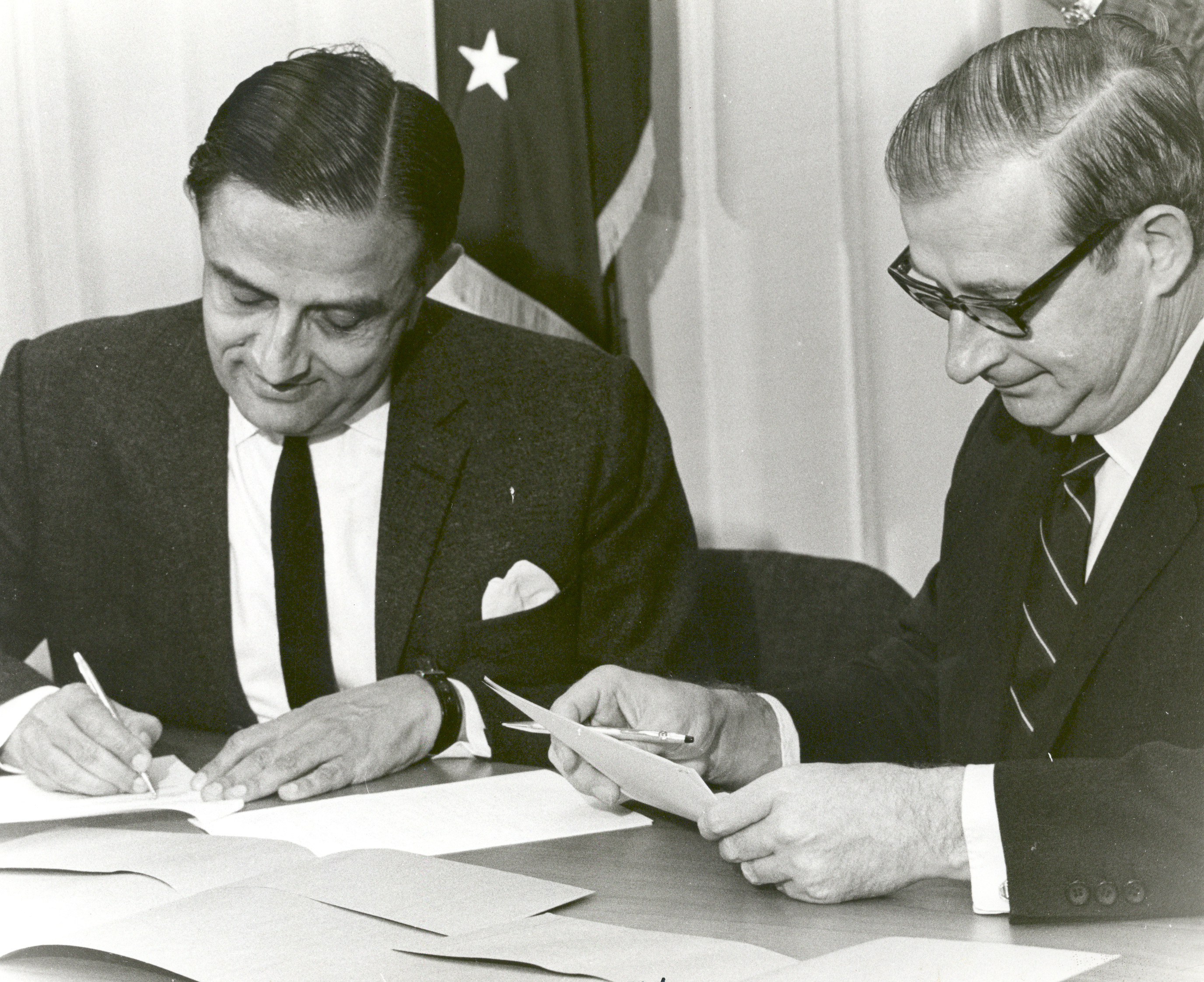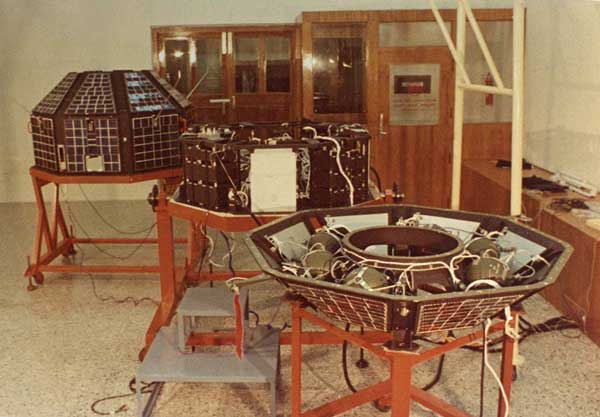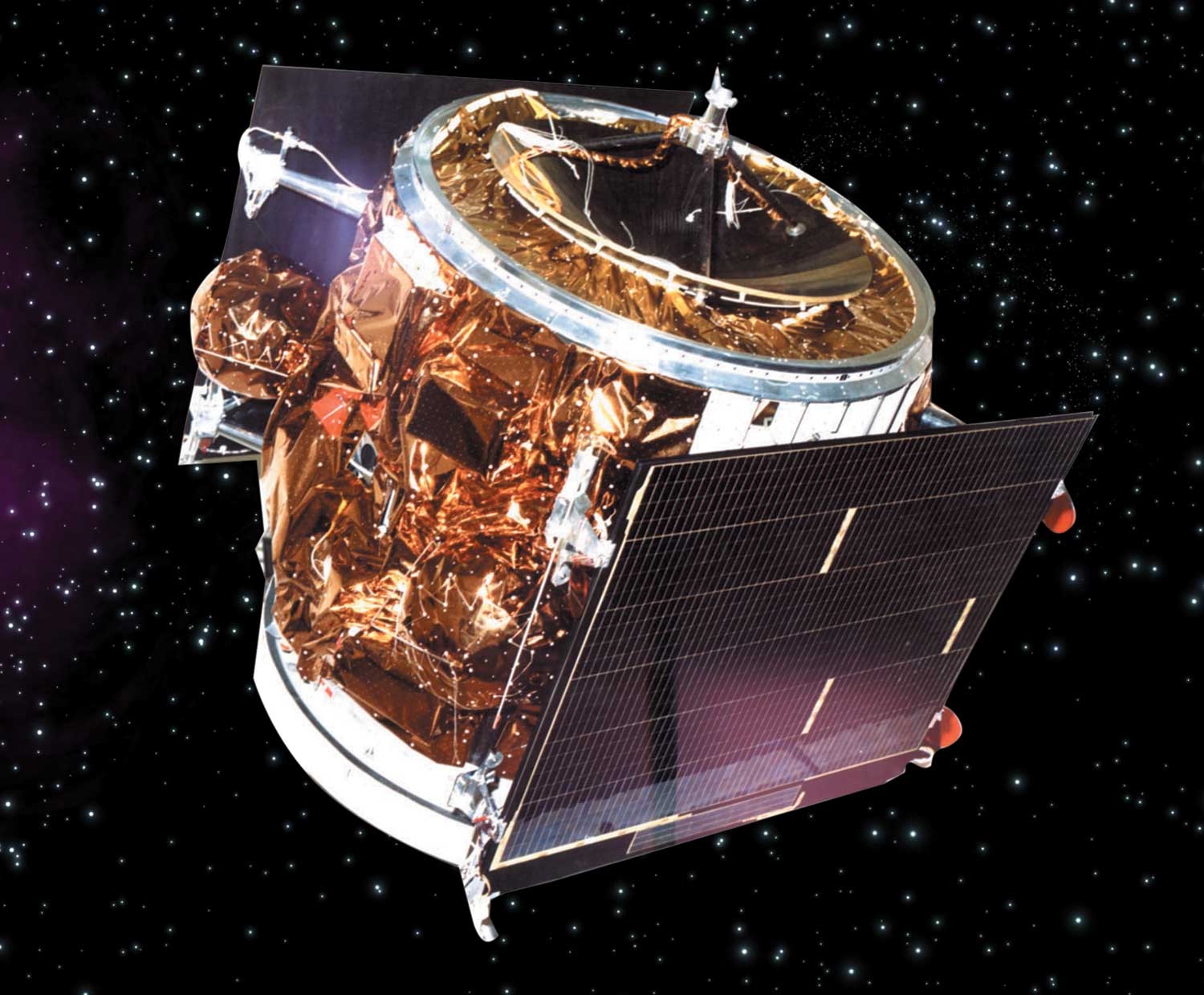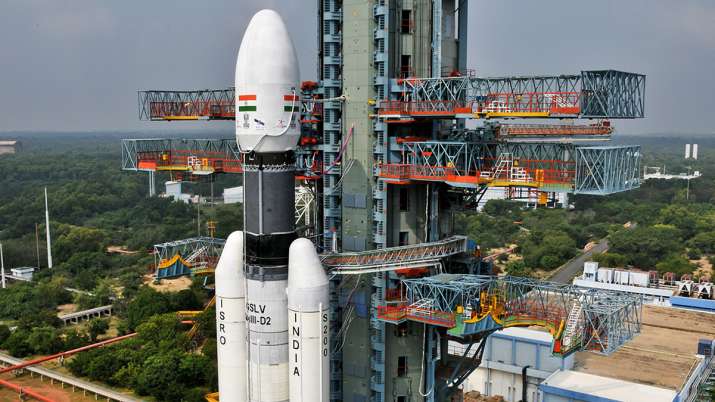All of us know about NASA, its programmes and its successful missions. But how many of us know about ISRO, the Indian Space Research Organisation? It has made its name in the field of space explorations with the launch of satellites. Today, India is at a position to be known as a proud spacefaring country.
Let us expand our knowledge about the Indian Space Research Organisation and its programs.
#THE EVOLUTION

Vikram Sarabhai at ISRO
With the initiation of the Indian National Committee for Space Research (INCOSPAR) by the Indian government in 1962, India decided to go to space. The visionary behind the idea was Dr. Vikram Sarabhai, who had set up the Thumba Equatorial Rocket Launching Station (TERLS) in Thiruvananthapuram for atmospheric research. The body was formed with the mission of bringing space to the service of the common man, to the service of the nation. Then, for few years, ISRO (earlier known as INCOSPAR), stressed on developing air-borne remote sensing experiments till 1975, when Department of Space officially became an official government body with Dr. Vikram Sarabhai as the chairman of ISRO.
The organisation’s mission was declared since its beginning which is to “Harness space technology for national development, while pursuing space science research and planetary exploration.”
#FISRT STEP TOWARDS SPACE

Aryabhata
India launched its first man-made satellite, Aryabhata in 1975 from Kapustin Yar, a Russian rocket launch and development site in Astrakhan Oblast using a Kosmos-3M launch vehicle. It was named after the fifth century astronomer and mathematician from India by the same name.
It was built to conduct experiments in X-ray astronomy, aeronomics and solar physics.
A power failure halted all experiments as the spacecraft lost signal after five days of the operation. The satellite returned to the Earth's atmosphere on 11 February, 1992. This launch was followed by a series of experimental satellites like Bhaskara, Rohini, APPLE and many more like a series of INSAT satellites.
#APPLE, BUT NOT FROM STEVE JOBS

Apple Bullock Cart
Here, the Apple, is not the multinational technology company, but it is the Ariane Passenger Pay Load Experiment (APPLE); India’s first communication satellite which launched on 15 June, 1981. The satellite was designed for communication experiments like relay of T.V. programmes and radio networking. To commemorate the success of the launch the Indian Post and Telegraph Department issued stamps with the photo of the satellite.
But do you know how the satellite was tested? The antennae range test was to be conducted on a truck since it is metallic. Due to its unavailability, the simplest yet the most unimaginable fix was to use a wooden bullock cart to test and transport the parts of the satellite to the launching pad.
#OPERATIONS TO THE MOON, MARS AND MORE…

Chandrayaan 2
The Indian Space Research Organisation have had a long past of historical missions to space such as Bhuvan satellite, PSLV (polar satellite launch vehicle), GSLV (geosynchronous satellite launch vehicle), INSAT programmes and many more. The most historic ones being Satellite Launch Vehicle- 3 (SLV-3) which was India’s first experimental satellite launch vehicle launched on 18 July, 1980 and of course, the recent launch which made India proud like never before was the second lunar exploration mission - Chandrayaan-2. ISRO launched Mars Orbiter Mission (MoM), becoming the first Asian nation to reach Mars orbit and the first in the world to do so in the first attempt.
Be it sending Mangalyan to space or launching record-setting satellites, ISRO hasn’t failed to make India proud. This prime body of space exploration and its successful missions are the talk of the world and rightly so!

